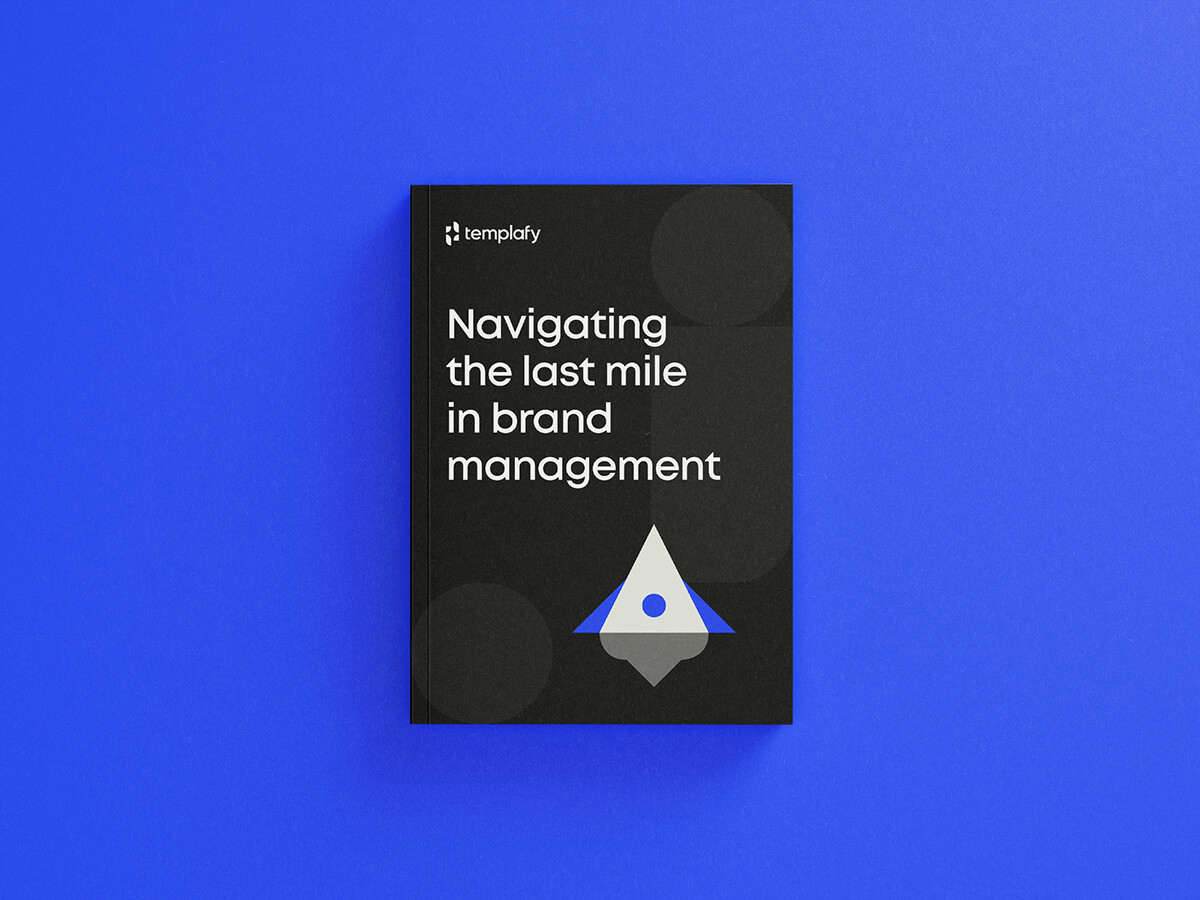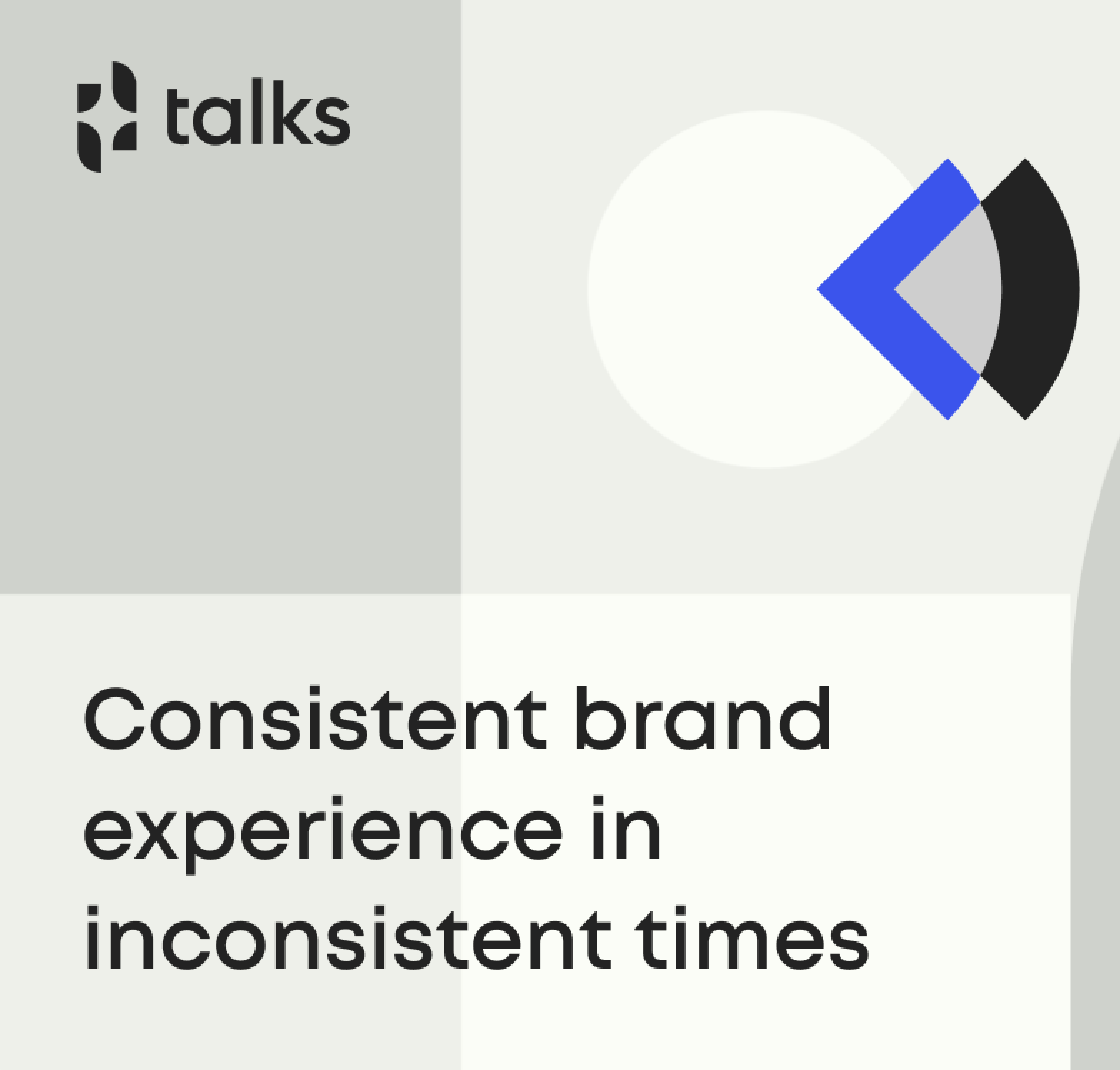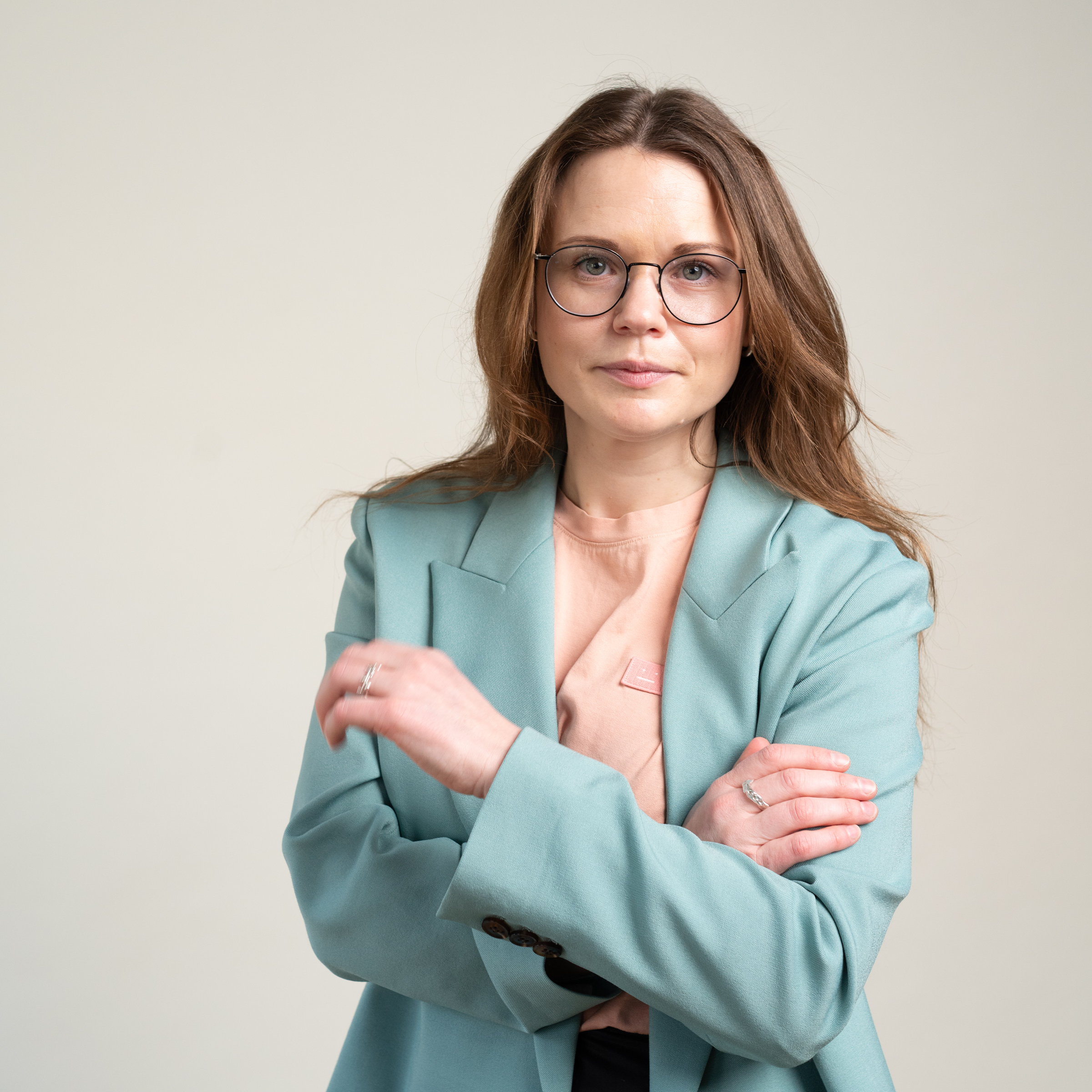International brand management: Stay consistent and compliant across borders

How to build a global brand that feels local
For most businesses, expanding into new countries is the ultimate milestone. It’s a chance to reach new customers, create new revenue streams, and establish a global presence.
But going global is no simple task. When it comes to branding, the challenge lies in maintaining consistency, while staying relevant to local audiences.
Speaking to different markets goes far beyond translating words. Just as the color white represents wedding celebrations in the U.S., but is associated with mourning and funerals in Japan, the same campaign can spark entirely different reactions in two countries.
Beyond cultural subtleties like these, businesses must also navigate legal complexities, operational challenges, and organizational misalignment. It’s a multifaceted task that demands a clear path—and the right tools.
In this guide, we’ll unpack the strategies and technologies you need to manage your brand on a global scale, so your brand can unlock the immense opportunities of scaling across borders.
What is international brand management?
International brand management is the process of building a consistent global brand identity, while adapting to the unique needs of local markets. This means knowing when to stick to your global strategy (like your logo, values, or core messaging) and when to make changes that resonate with a specific region. This could look like tailoring products, marketing campaigns, or communication styles, to connect with local audiences.
Balancing consistency with local relevance
Consistency matters because it builds trust and recognition, and in turn directly affects the bottom line. In fact, research shows that consistent branding across all channels can increase revenue by up to 33%. When consumers consistently see the same brand identity, they feel confident in its reliability and quality—key factors in building loyalty on a global scale.
At the same time, understanding when and how to adapt is just as important. If a brand ignores cultural or market-specific nuances, it risks being irrelevant—or worse, alienating its audience. The key is striking the right balance between global consistency and local relevance to make sure your brand connects with every market it reaches.
What does success look like?
Take McDonald’s, for example. Its golden arches, menu staples (like the Big Mac), and brand values are consistent worldwide, building trust and familiarity. But McDonald’s also adapts where it matters. In India, where many people don’t eat beef, it offers the McAloo Tikki, a potato-based burger. In Japan, it serves the Ebi Burger, to cater for seafood-lovers.
This balance—staying consistent while knowing when to localize—is the heart of successful international brand management
The main challenges of managing a global brand
International brand management is necessary for all businesses that operate in more than one country, not just big global brands like Coca-Cola or Apple. That’s because the challenges of managing a brand internationally affect companies of all sizes.
The key challenges are:
Operational complexity
Managing a brand across multiple regions means coordinating teams, languages, and markets, all while ensuring everyone is aligned. Without the right tools and processes, keeping brand guidelines consistent and up-to-date can become a logistical headache.
Diverse market needs
What works in one country might not resonate in another. From cultural differences—like colors, symbols, or messaging—to varying consumer behaviors and market dynamics, brands must adapt to meet the unique needs of each region. Understanding local preferences, customer expectations, and even market maturity is essential to stay competitive and relevant.
Legal and compliance hurdles
Operating across borders comes with a maze of legal and regulatory requirements. From adhering to advertising standards to complying with data privacy laws like GDPR, staying compliant is non-negotiable. Brands that fail to navigate these challenges risk fines, reputational damage, and loss of customer trust. The right strategies and tools are essential for automating compliance processes and ensuring everything stays compliant.
brand control
Why does international brand management matter?
Here’s what successful international brand management can achieve:
- Global recognition:
A strong strategy makes your brand instantly recognizable and trusted across markets. Familiarity matters—59% of global consumers are more likely to try new products from brands they already know. - Customer trust:
The 2019 Edelman Trust Barometer Special Report revealed that 81% of consumers won’t consider buying from a brand they don’t trust. Building trust starts with consistency. When your messaging and visuals are cohesive across every touchpoint, you reinforce reliability and professionalism, creating a strong connection with your audience. - Reputation protection:
A strong reputation is the cornerstone of business success. In fact, pages that rank number one on Google capture 31.7% of traffic, demonstrating how a well-regarded brand can dominate attention and engagement. - Market differentiation:
Competing in crowded markets means finding ways to stand out, and localized campaigns can give you an edge. In fact, 64% of consumers are more likely to take action when they see an ad that’s inclusive and diverse—proof that adaptation pays off. - Increased ROI:
Consistency doesn’t just win hearts; it drives profit. According to Marq’s Brand Consistency Report, brands with consistent messaging experience up to 20% more growth and 33% higher revenue. - Revenue growth through global expansion:
International expansion can significantly boost a company’s revenue. For instance, JD Sports Fashion reported a 6.8% increase in revenue after strengthening its presence in the U.S. market.
The role of technology in international brand management
Global expansion may be complex, but technology has made it much easier to manage. The next step is finding the tools and platforms that fit your brand’s unique needs as you scale across new markets.
Technology enables businesses to overcome the complexities of scaling across borders—making sure every team, no matter where they’re based, is working from the same playbook. By integrating the right tools into workflows, businesses can keep their brand tight, while adapting communications for local audiences with precision and efficiency.
Types of technology that make it possible:
- Localization tools: Localization software allows brands to adapt tone, imagery, and messaging for different markets. These tools integrate cultural nuances and ensure content resonates with local audiences while staying true to the brand’s identity.
- Brand asset management systems: These platforms serve as a single source of truth for all brand assets, including logos, templates, and guidelines. They ensure global teams can access the most up-to-date materials, reducing errors and maintaining consistency across campaigns.
- Compliance software: These systems embed legal and regulatory checks into workflows, flagging potential issues like missing disclaimers or non-compliant language. This minimizes legal risks and ensures adherence to regional laws such as GDPR or local advertising standards.
- Collaboration tools: Communication platforms make it easier for regional and global teams to align strategies, share resources, and maintain clear communication. They help bridge time zones and geographic divides, ensuring seamless collaboration.
- Analytics platforms: Data-driven tools track performance metrics such as engagement, revenue impact, and regional adoption. They help brands identify trends, refine strategies, and uncover new opportunities in international markets.
- Brand asset management systems: These platforms serve as a single source of truth for all brand assets, including logos, templates, and guidelines. They ensure global teams can access the most up-to-date materials, reducing errors and maintaining consistency across campaigns.
- Localization tools: Localization software allows brands to adapt tone, imagery, and messaging for different markets. These tools integrate cultural nuances and ensure content resonates with local audiences while staying true to the brand’s identity.
- Compliance software: These systems embed legal and regulatory checks into workflows, flagging potential issues like missing disclaimers or non-compliant language. This minimizes legal risks and ensures adherence to regional laws such as GDPR or local advertising standards.
- Collaboration tools: Communication platforms make it easier for regional and global teams to align strategies, share resources, and maintain clear communication. They help bridge time zones and geographic divides, ensuring seamless collaboration.
- Analytics platforms: Data-driven tools track performance metrics such as engagement, revenue impact, and regional adoption. They help brands identify trends, refine strategies, and uncover new opportunities in international markets.
Additional content
How to navigate the last mile in brand management
Get brand activation solutions and branding strategies that cut through the noise and deliver value in today’s new era.


How to manage branded documents globally
Documents are the embodiment of your brand identity. In many cases, they are the face of your business, as they speak directly to partners, clients, and stakeholders.
Every sales proposal, contract, or presentation communicates your brand’s promises and values. That’s why a single off-brand or error-prone document can erode trust, confuse your audience, or even damage your reputation.
Here’s how to manage documents effectively on a global scale:
Centralize document assets
Consistency starts with having all your brand assets in one place. Without a centralized system, teams risk using outdated templates, off-brand visuals, or inconsistent messaging—which can confuse customers and weaken trust.
Brand asset management platforms solve this by acting as a single source of truth. They store everything from logos and templates to guidelines in one accessible hub, ensuring teams across regions always have the most up-to-date materials. Whether it’s a social media campaign in London or a sales deck in Sydney, centralized tools ensure every piece of content tells the same cohesive brand story.
Create brand-compliant templates
Pre-approved templates for key documents, like proposals, contracts, and presentations, allow teams to create high-quality content quickly while keeping branding consistent. These templates make sure all documents align with brand standards, reinforcing professionalism and trust.
Enable localization workflows
Localization is about more than just translation—it’s about making your brand feel relevant and authentic in every market. Document workflows should address cultural nuances and regional preferences.
For example, contracts in Europe might need GDPR clauses, while marketing materials in Asia may require specific tone adjustments. Localization tools allow you to adapt content for local audiences without compromising your brand identity. By integrating these workflows into document creation, every piece of content resonates effectively with its intended audience.
Managing legal and regulatory requirements
Managing legal and regulatory requirements across borders is a complex but essential part of international brand management. Compliance tools streamline this process by embedding legal and regulatory checks directly into workflows. These tools can flag missing disclaimers, identify non-compliant language, and follow regional standards like GDPR or local advertising laws.
Additionally, they automate the inclusion of essential legal elements such as copyright notices and disclaimers, reducing the risk of human error. By proactively addressing compliance, businesses protect their reputation, avoid costly penalties, and maintain trust with stakeholders across all markets.
How Templafy can manage your brand on a global scale
Templafy makes it easy for businesses to keep their brand consistent and professional at every touchpoint, no matter where their teams are based. By integrating directly into the apps employees already use, such as Microsoft Office and Google Workspace, Templafy enables teams to create on-brand, compliant documents without leaving their workflows.
With centralized access to approved templates, logos, and guidelines, teams can confidently produce high-quality documents that reflect your brand’s identity. Automated features make sure every document meets brand and compliance standards, so you strengthen your reputation, and build brand equity across global markets.
Ready to see Templafy in action?
FAQs: What you need to know about international brand management
What is international branding?
International branding is the process of building a brand identity that resonates across multiple countries and cultures. It involves balancing global consistency with local relevance, to ensure the brand connects with diverse audiences while maintaining its core values and visual identity.
How are international brands managed?
Managing an international brand requires clear strategies and tools. This includes implementing brand governance frameworks, creating centralized brand assets, and setting clear tone-of-voice guidelines. Tools like Templafy streamline this process by enabling businesses to manage brand assets, automate compliance, and maintain consistency across every market—no matter where content is created or who’s creating it.
What is an international brand example?
Think of brands like Coca-Cola or Apple. These companies maintain a strong, consistent brand identity worldwide—logos, messaging, and values remain recognizable—while adjusting certain elements, like campaigns or product offerings, to suit local markets.
What are the 5 Cs of brand management?
The 5 Cs of brand management are:
1. Clarity: Clearly define your brand’s purpose, identity, and positioning.
2. Consistency: Ensure messaging, visuals, and tone align across every market and touchpoint.
3. Credibility: Build trust by delivering on your brand promise with quality and reliability.
4. Connection: Create emotional resonance with your target audience by understanding their needs and preferences.
5. Compliance: Maintain brand standards and regulatory requirements across all regions and communications.
